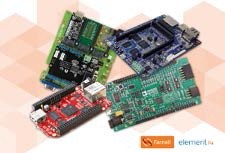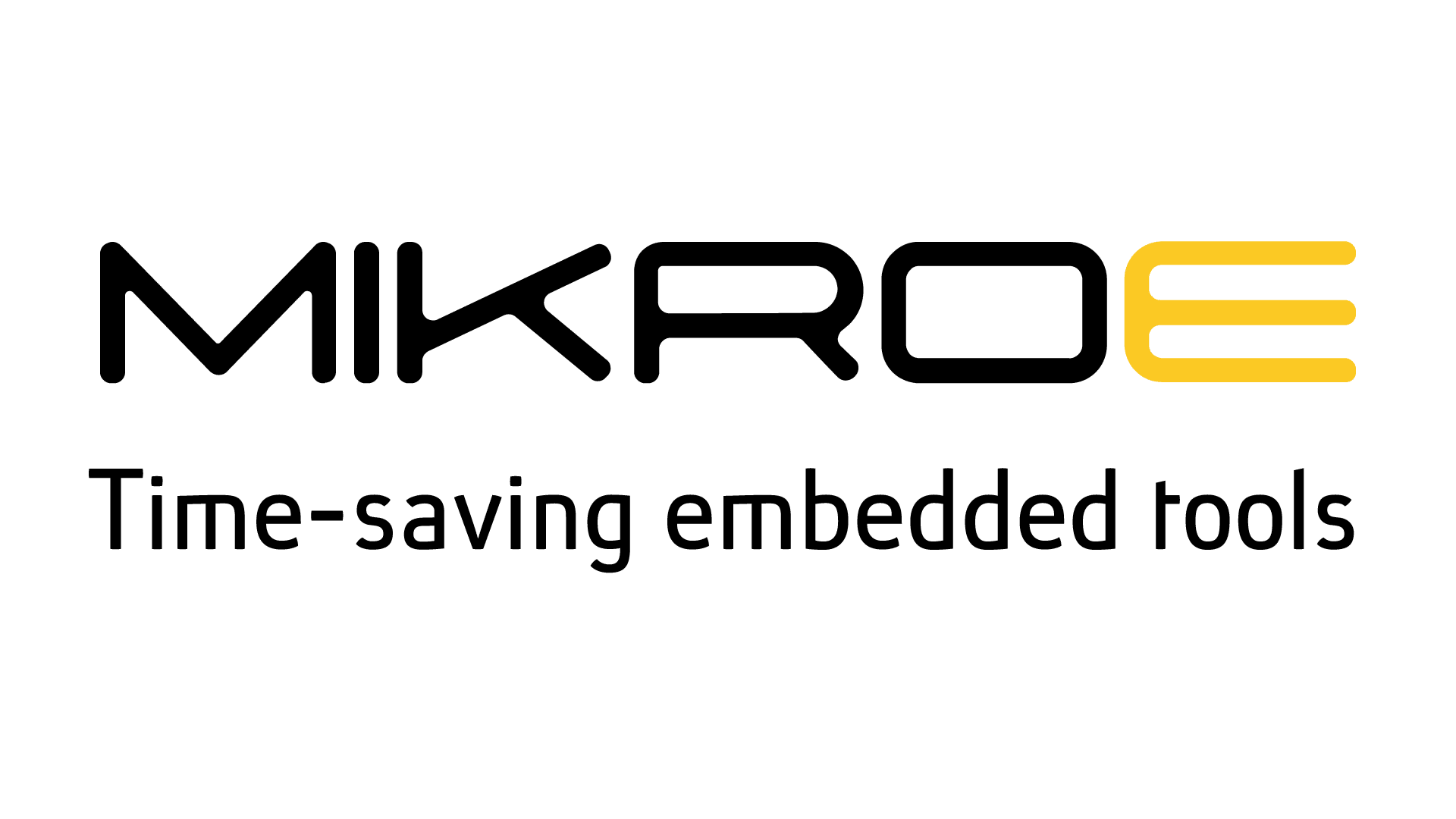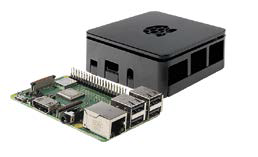Ankur Tomar, Regional Solutions Marketing Manager
Farnell element14 – www.es.farnell.com
An engineer's perspective on choosing the right development board for your project.
It may sound controversial, but choosing the best board for a project shouldn't start with a comparison of different boards and an assessment of their features and benefits. With such a variety of plates of development in the market, designers, especially makers and hobbyists, can feel overwhelmed with so many options. It's easy to get distracted by exciting new functionality and features or tempted by the newest product on the market as an excuse to try it out. From a designer's perspective, the best board for a project varies depending on a few factors. Engineers, makers and hobbyists all want their project to be successful, but their resources and motivations are different and this will impact the board they choose. Professional engineers are under significant pressure to create a successful product that meets a clearly defined specification. Since they have a clear definition of the required functionality from the start of the project, their choice of development board is generally based on performance and thus the initial criteria for the board is defined by the processor.
Depending on the application, these designers look for a board that offers the necessary performance, including the processor performance at a high enough clock speed, the memory needed by the application and other required components such as GPU etc. Professional engineers are also motivated by time, as the final product must be developed quickly. These designers are likely to select a board from the range of processors they have already worked with, unless the project specification says otherwise, as this allows them to use existing and familiar libraries and toolchains. Changing the range of the processor may require hiring additional staff if the knowledge is not available. This takes time, not to mention added cost, but may be the best option if the project and product specification call for it. Secondary to the processor specification, but also important, is the board functionality.
Professional designers often choose to work with custom hardware to meet the needs of their application, making open source boards a more attractive option as they make it easy to customize and modify the software as required. The availability of the sample code is less important for professional engineers than for makers and fans. The former have a level of knowledge and experience that gives them the ability to write more code for their applications, and they generally don't rely on sample application code to cement their system. However, if the application must work with a specific operating system, the designer will want to use a board that supports that operating system, which may eliminate some options that would otherwise meet the necessary requirements. Last but not least, professional designers assess the availability of support for the language and toolchains used by the business. Changing the toolchain can add a significant amount of time to the project, as will purchasing and implementing new ones. development tools.
The path a professional engineer follows when choosing a board is then to initially select the processor, any additional functionality required, and then ensure that the operating environment software development be fit This approach is the same for all designers, whether they design washing machines or specialized automation and control systems. For makers and hobbyists, the decision-making process is just as important, but with less commercial and time pressure. Makers may find it difficult to choose the board, as they generally have less experience and need more support. Makers building startups often rely on the design and development community to gain insight into product feasibility from projects similar to their own, and then evaluate performance, optimization opportunities, and cost when choosing the board. developmental. Makers and hobbyists often choose the board that has the most community support, particularly boards that their peers have used successfully in similar applications.
This is because they generally receive support from the community and not directly from a manufacturer. Professional makers also use this approach, although they often get help from manufacturers and are less concerned with selecting a board that has been used in similar applications. The availability of drivers for the board's peripherals can also be an important decision factor for professional and hobbyist makers due to the time and expertise it would take to write the code themselves. Hobbyists often choose their boards based on available connectivity and functionality. This makes products like the Raspberry Pi, which has a wide variety of peripherals available in the form of "Hats", very popular in this market. On the other hand, professional makers generally look for performance, memory, and optimization as their basic criteria when choosing a board. Cost is also an important factor for hobbyists and makers alike, but the variety of board options has increased as the price of single-board computers has decreased.
The chain support software tools Specifics is not a concern in non-commercial projects, although the availability of free development tools is an essential factor. This means that development boards, such as those for Arduino, are popular with makers and hobbyists, as they include easy-to-use integrated development environments. The Internet of Things (IoT) has expanded the possibilities for projects and fueled the imagination of professional and hobby makers alike, offering them more opportunities to create new designs than ever before. Although the technology behind the IoT is not new, the era of the connection between all devices and the widespread use of sensors is, and everyone wants a piece of it. Going back ten years, wireless connectivity and encrypted sensors were not in mainstream use, but now these connected ecosystems are being built incredibly quickly. For designers looking for a board, this is lucky, as all the functionality needed for most IoT nodes already exists on a small module, and sometimes on a single chip.
This eliminates the need to design everything from scratch and allows designers with no hardware experience to create products without the need to design complex circuitry. Software to enable communication is also widely available. This makes life much easier for makers, as they save time and can focus on product functionality and high-level communications between modules (instead of programming low-level code), for example, low-level Bluetooth consumption (BLE), WiFi or a TCP/IP stack. Now we can understand that designers have a different approach in the selection of boards according to the needs of their projects. It is clear that selecting the board is not as difficult as it seems if the designer understands the scope of his project. However, the changing requirements of different users make it essential for distributors to offer a wide variety of boards to meet all customer needs. Some boards have been designed to meet the specific requirements of an application, especially for professional engineers. For example, Intel's tinyTILE is a low-power board that measures just 35 x 26mm and includes a six-axis sensor, clearly designed for wearables and other small battery-powered applications. Sometimes deciding which board to use gets difficult, particularly when comparing brands like the Arduino and BeagleBone. Both are open source platforms that offer a variety of processors and add-on/expansion boards (Arduino calls them “shields” and the BeagleBoard.org Foundation calls them “Capes”). The availability of add-on boards allows development times to be significantly reduced.
It is possible that, if cost and performance are not critical (for example, if a maker wants to produce only one or two systems, or a professional engineer is designing a proof of concept), having access to the correct peripherals on a board ready-to-use complementary product is a key factor in the decision. Both Arduino and BeagleBone offer open source operating systems that work on the board, open source integrated development environments and also the hardware is open source, so the schematics of the boards are available. Both brands are supported by a range of commercial toolchains, so the software probably won't be a big influence on the selection. Although not part of the specifications, the performance of Arduino boards is usually lower than that of BeagleBone. For example, most Arduino products use the AVR range of processors which offer much lower performance than the 1 GHz ARM processor used by the newer BeagleBone Black. Professional engineers will make their initial selection based on performance; Hobbyists may be more attracted to the low cost of AVR-based Arduino products. If a user has little or no experience with one of the brands of boards and doesn't want to use a particular processor, the decision of which board to choose is probably driven by processor performance. This is due to the required performance or cost impact inherent in the higher performing BeagleBone boards.
However, there is no single answer, as some Arduino boards work with RISC processors running at several hundred MHz. Although hobbyists, makers, and professional engineers have very different criteria for choosing a board, they all use a logical process in their selection. The good news is that as more boards are released, users (from hobbyists to professional engineers) will have the luxury of choosing from an increasing number of products that meet their particular requirements.








